The Renaissance Period, often regarded as a cultural and intellectual revolution, was a time of immense change and exploration. This transformative era, which took place from the 14th to the 17th century, saw a shift away from the feudal system of the Middle Ages and the emergence of new ideas, ideologies, and artistic expressions. It was a time when the focus shifted towards humanism, individualism, and secularism, sparking a revival of interest in subjects such as literature, art, architecture, science, and philosophy. Throughout this article, we will delve into the origin, key characteristics, and various aspects of the Renaissance, as well as its profound impact on society and lasting legacy. So, let us embark on a journey back in time to explore the wonders and achievements of this remarkable period.
Contents
- 1. The Origin of the Renaissance
- 2. The Key Characteristics of the Renaissance
- 3. Art and Architecture in the Renaissance
- 4. Science and Discovery in the Renaissance
- 5. Literature and Philosophy in the Renaissance
- 6. Legacy and Influence of the Renaissance
- Conclusion
-
Frequently Asked Questions
- 1. What does the term “Renaissance” mean?
- 2. Why is the Renaissance often considered a cultural and intellectual revolution?
- 3. Who were the major contributors to the Renaissance art movement?
- 4. How did the Renaissance impact architecture?
- 5. What were the key advancements in science during the Renaissance?
- 6. How did the invention of the printing press impact the Renaissance?
- 7. Who were the literary giants of the Renaissance?
- 8. What was the lasting legacy of the Renaissance?
- 9. How did the Renaissance influence modern society?
- 10. What is the significance of the Renaissance period today?
- References
-
Frequently Asked Questions
- 1. What was the Renaissance period?
- 2. How did the Renaissance originate?
- 3. What were the key characteristics of the Renaissance?
- 4. Who were the masters of art in the Renaissance period?
- 5. How did Renaissance architecture develop?
- 6. What scientific advancements occurred during the Renaissance?
- 7. What explorations and discoveries took place during the Renaissance?
- 8. How did the invention of the printing press impact the Renaissance?
- 9. Who were some influential literary figures during the Renaissance?
- 10. How did the Renaissance shape modern society?
- References
- Read More
1. The Origin of the Renaissance
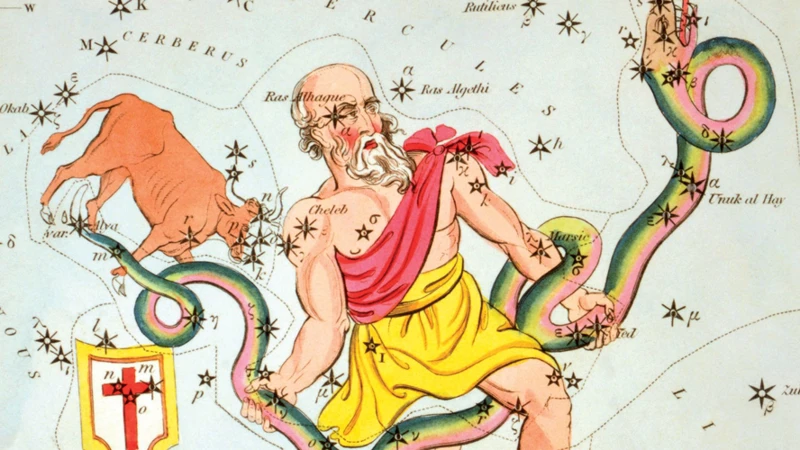
The Renaissance, a period of cultural and intellectual revolution, had its origins in two main factors. Firstly, the Medieval Period laid the groundwork for the transition by fostering a society that was becoming increasingly open to new ideas and perspectives. The decline of feudalism and the Black Death led to social and economic changes that stimulated intellectual curiosity. Secondly, the Italian city-states, such as Florence, Rome, and Venice, served as centers for trade, commerce, and the exchange of ideas. These city-states were home to wealthy patrons who supported and sponsored artists, scholars, and thinkers. This combination of a fertile intellectual environment and the support of influential patrons laid the foundation for the birth of the Renaissance. It was from these humble beginnings that the sparks of inspiration ignited and set the stage for the transformative era that was to come.
1.1 The Medieval Period
The Medieval Period, a significant precursor to the Renaissance, played a crucial role in laying the groundwork for the cultural and intellectual revolution that would later follow. During this period, Europe underwent profound transformation and experienced both stability and unrest. Feudalism was the prevailing social and political system, characterized by a hierarchical structure where land was held by nobles who granted protection and use of their land in exchange for services from lower-ranking individuals. The Roman Catholic Church, serving as a unifying force, held substantial power and influence over the lives of people across Europe. This period was also marked by the ups and downs of economic prosperity, agricultural advancements, and the devastating impacts of the Black Death, which wiped out a significant portion of the population and led to social upheaval. Despite the challenges and hardships, the Medieval Period fostered an environment that gradually paved the way for the Renaissance. As society began to recover from the devastation of the Black Death, there was a growing interest in the pursuit of knowledge and intellectual curiosity. The rediscovery of ancient Greek and Roman texts, thanks to the efforts of scholars and translators, brought about a renewed fascination with classical culture, philosophy, and learning. The Medieval Period, with its complex tapestry of social, political, and economic dynamics, set the stage for the winds of change that would sweep across Europe and give birth to a new era of enlightenment and creativity.
1.2 The Italian City-States
The Italian city-states played a crucial role in the development and flourishing of the Renaissance. These independent and prosperous urban centers became hubs of trade, commerce, and cultural exchange, attracting wealthy patrons and talented individuals from various fields. Florence, in particular, emerged as a leading city-state during this period. It was home to powerful families such as the Medici, who were avid supporters of the arts and sciences. The Medici family, in particular, played a significant role in nurturing and promoting the talents of artists, architects, and scholars. They commissioned renowned artists such as Leonardo da Vinci, Michelangelo, and Raphael to create magnificent works of art. The city-states’ wealth and political stability provided a conducive environment for artistic and intellectual exploration, making them ideal places for artists, philosophers, and scientists to thrive. The vibrant cultural scene in cities like Florence and Rome attracted scholars, writers, and thinkers, who exchanged ideas and collaborated on groundbreaking projects, resulting in remarkable achievements during the Renaissance.
The Italian city-states served as epicenters of innovation and creativity during the Renaissance. They not only provided resources and financial support for artistic and intellectual endeavors but also created a nurturing environment where ideas could flourish. The patronage of wealthy families and the presence of renowned artists and intellectuals fostered a fruitful exchange of ideas, leading to the development of groundbreaking works of art, architecture, literature, and scientific discoveries. The influence and legacy of the Italian city-states during the Renaissance continue to be felt to this day, as their contributions to art, culture, and human knowledge remain invaluable and continue to inspire generations of artists and thinkers.
2. The Key Characteristics of the Renaissance
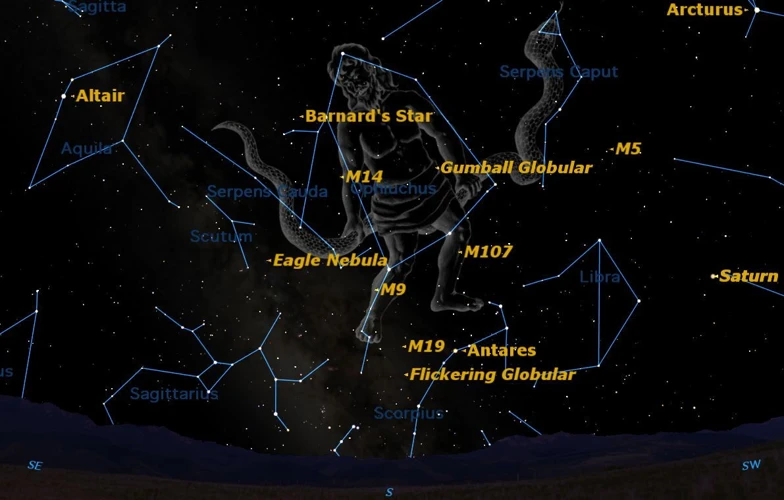
The Renaissance was characterized by several key features that shaped its identity as a cultural and intellectual revolution. Humanism was a central philosophy that emphasized the worth and potential of individual human beings, shifting the focus from a God-centered worldview to a more human-centric perspective. This led to a renewed interest in the humanities, including literature, history, and philosophy. Individualism also thrived during this period, as people sought to explore their unique identities and talents, breaking away from the conformity of the preceding Medieval period. Additionally, the Renaissance embraced a spirit of secularism, where religious and worldly matters were viewed as separate entities. This allowed for a more holistic approach to knowledge and encouraged advancements in various fields such as science and arts. These distinct characteristics of the Renaissance laid the groundwork for the tremendous cultural and intellectual achievements that would unfold during this transformative era.
2.1 Humanism
Humanism was one of the key characteristics of the Renaissance, emphasizing the importance of human values, potential, and achievements. It placed a renewed focus on studying classical texts from ancient Greece and Rome, recognizing their contributions to literature, philosophy, and ethics. Humanists sought to revive the wisdom of antiquity and bridge the gap between the past and present. They celebrated the human intellect, individuality, and creativity, which stood in contrast to the dominant religious worldview of the time. Humanist scholars sought to understand the world through observation and reason, embracing the concept of homo universalis, or the ‘universal human.’ This idea promoted the pursuit of knowledge in various fields, encouraging individuals to excel in multiple disciplines. Prominent humanists, such as Petrarch, Erasmus, and Thomas More, played pivotal roles in championing humanistic ideals and laying the groundwork for the transformation of education, literature, and social attitudes. With humanism at its core, the Renaissance challenged the traditional structures of authority and shaped a new era of intellectual and cultural exploration.
2.2 Individualism
Individualism was one of the key characteristics that defined the Renaissance. It emphasized the importance of the individual and their unique abilities, talents, and potential. During this period, there was a shift away from the collective mindset of the Middle Ages towards a focus on personal achievements and self-expression. Artists and thinkers began to explore their own creativity and express their ideas in their work. This emphasis on individualism can be seen in the art of the time, where artists such as Leonardo da Vinci, Michelangelo, and Raphael infused their own personal style and interpretation into their masterpieces. The concept of the individual also extended beyond the realm of art and permeated other aspects of society. The rise of humanist ideas celebrated the individual’s capacity for reason, knowledge, and self-improvement. This shift towards individualism had a profound impact on various fields, including literature and philosophy. Writers like William Shakespeare created complex and multidimensional characters that explored the depths of human nature. The Renaissance’s celebration of individualism laid the groundwork for the development of modern ideas of self-expression, personal freedoms, and the pursuit of individual happiness. It paved the way for future artistic movements and had a lasting influence on shaping modern society.
2.3 Secularism
Secularism was a key characteristic of the Renaissance, marking a departure from the dominance of religious authority in all aspects of life during the Middle Ages. During this period, there was a renewed focus on human potential and achievements in the earthly realm, rather than the sole emphasis on religious salvation. The rise of humanism played a significant role in promoting secularism by promoting the idea that individuals had the ability to shape their own destinies and make a meaningful impact on society. This shift in thinking allowed for the exploration of diverse subjects and the questioning of traditional beliefs and practices. Artists, scientists, and philosophers were no longer confined to religious themes, but instead, they turned their attention to the study of the natural world, human anatomy, and human emotions. This newfound freedom of thought and expression resulted in a flourishing of creativity and innovation that contributed to the overall richness and diversity of the Renaissance period. The embrace of secularism opened the doors to a multitude of new ideas and perspectives, laying the foundation for the progress and advancements that would shape the world for centuries to come.
3. Art and Architecture in the Renaissance
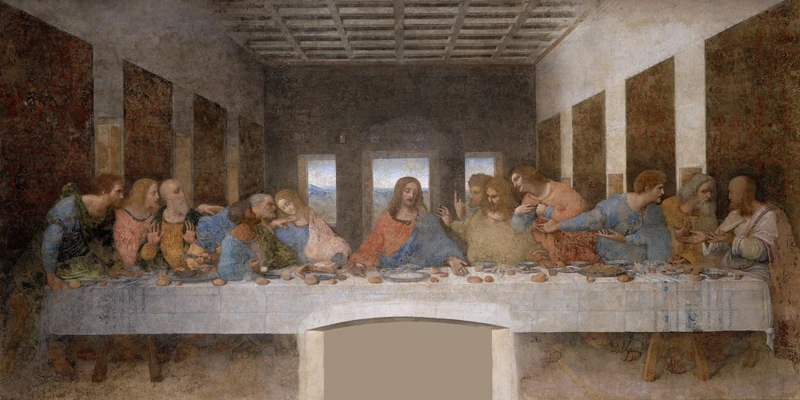
Art and architecture flourished during the Renaissance, showcasing a remarkable blend of innovation, skill, and creativity. The masters of the period, including Leonardo da Vinci, Michelangelo, and Raphael, left an indelible mark with their iconic works. Leonardo’s Mona Lisa and The Last Supper, Michelangelo’s Sistine Chapel ceiling and David, and Raphael’s The School of Athens are just a few examples of the exquisite artistry that emerged during this time. Renaissance architecture was heavily influenced by the ancient Greek and Roman styles, with a focus on proportion, symmetry, and the use of columns and arches. Florence and Rome became architectural havens, with structures like the Duomo in Florence and the St. Peter’s Basilica in Rome showcasing the grandeur and magnificence of Renaissance architecture. The Renaissance period not only produced timeless masterpieces but also laid the groundwork for future artistic movements that would shape the world of art and architecture for centuries to come.
3.1 The Masters: Leonardo da Vinci, Michelangelo, and Raphael
The Renaissance brought forth a trio of artistic geniuses who have left an indelible mark on the world of art: Leonardo da Vinci, Michelangelo, and Raphael. These masters revolutionized the way art was perceived and created during their time. Leonardo da Vinci, a true polymath, excelled in various fields such as painting, sculpture, architecture, and scientific exploration. His iconic works such as the “Mona Lisa” and “The Last Supper” showcase his mastery of capturing human emotion and intricate details. Michelangelo, known for his awe-inspiring sculptures like “David” and his frescoes in the Sistine Chapel, demonstrated a remarkable ability to breathe life into marble and convey powerful expressions. Raphael, celebrated for his harmonious compositions and delicate brushwork, created timeless works such as “The School of Athens,” exemplifying the ideals of balance and beauty. These three artists, each with their unique style and contributions, embody the spirit of the Renaissance, pushing the boundaries of artistic expression and inspiring generations to come. It is through their extraordinary talent that we witness the epitome of artistic excellence.
3.2 The Renaissance Architecture: Florence and Rome
The Renaissance period witnessed a remarkable transformation in architecture, particularly in the cities of Florence and Rome. Florence, often considered the birthplace of the Renaissance, became a hub of architectural innovation. Architects such as Filippo Brunelleschi and Leon Battista Alberti revolutionized architectural design by embracing the principles of classical antiquity. They reintroduced elements such as symmetry, proportion, and the use of classical orders in their structures. The iconic Cathedral of Santa Maria del Fiore, with its magnificent dome designed by Brunelleschi, stands as a testament to the architectural prowess of the time.
Rome, on the other hand, was the center of the Papal States and witnessed a resurgence in grand architectural projects. The city became a showcase for the opulence and grandeur of Renaissance architecture. One of the most notable examples is St. Peter’s Basilica, designed by renowned architects such as Donato Bramante, Michelangelo, and Gian Lorenzo Bernini. This magnificent church exemplifies the fusion of classical elements with innovative architectural techniques. The dome of St. Peter’s, designed by Michelangelo, remains one of the most iconic architectural achievements of the Renaissance.
In both Florence and Rome, palaces, churches, and public buildings exhibited a unique blend of classical Greek and Roman influences with contemporary artistic sensibilities. The use of geometric harmony, ornate decoration, and attention to detail became hallmarks of Renaissance architecture in these cities. The buildings were designed not only to be functional but also to evoke a sense of awe and inspire admiration.
The architectural achievements of Florence and Rome during the Renaissance continue to captivate visitors to this day. These cities serve as a reminder of the profound impact of the Renaissance on the world of architecture, laying the foundation for architectural developments that would shape the future of design. The legacy of Renaissance architecture can be seen in various architectural styles that emerged in subsequent eras, showcasing the endurance and significance of this cultural and intellectual revolution.
4. Science and Discovery in the Renaissance
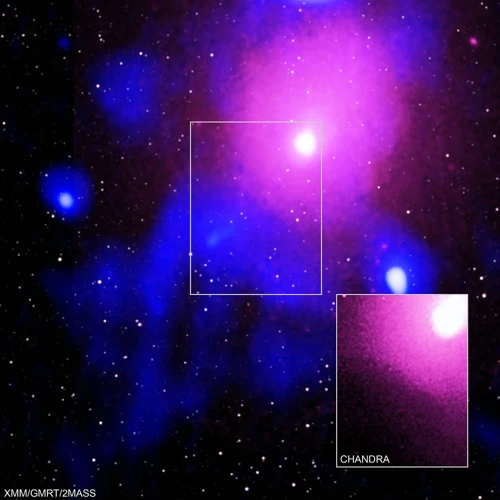
During the Renaissance, there was a remarkable surge in scientific exploration and discovery, paving the way for significant advancements in various fields. One of the key scientific revolutions occurred in astronomy, challenging the geocentric view of the universe. Nicolaus Copernicus, with his groundbreaking work “De Revolutionibus Orbium Coelestium,” proposed a heliocentric model, placing the Sun at the center of the solar system. This revolutionary idea sparked a paradigm shift and set the stage for further scientific inquiry. Galileo Galilei, using his observations and the newly-invented telescope, provided further evidence in support of Copernicus’ heliocentric model, ultimately facing opposition from the dominant religious authorities. Alongside these astronomical developments, the Renaissance era also witnessed widespread exploration and discoveries of new lands. Renowned explorers like Christopher Columbus, Vasco da Gama, and Ferdinand Magellan embarked on voyages, expanding geographical knowledge and challenging existing world maps. These scientific breakthroughs and exploration shaped the way we perceive the world today, marking a pivotal moment in history where curiosity and the pursuit of knowledge pushed the boundaries of human understanding.
4.1 The Scientific Revolution: Copernicus and Galileo
The Scientific Revolution of the Renaissance brought about a fundamental shift in how people understood and observed the natural world. Two key figures during this time were Nicolaus Copernicus and Galileo Galilei. Copernicus, a Polish astronomer, challenged the prevailing geocentric model of the universe and proposed a heliocentric model, which placed the Sun at the center. His influential work “De revolutionibus orbium coelestium” (On the Revolutions of the Heavenly Spheres) laid the foundation for modern astronomy and sparked a new way of thinking about the cosmos.
Galileo, an Italian scientist, further expanded on Copernicus’s ideas through his observations using the newly invented telescope. He supported and provided evidence for the heliocentric model, contradicting the longstanding belief in Earth’s central position in the universe. Galileo’s groundbreaking discoveries, such as the observation of the phases of Venus and the moons of Jupiter, challenged traditional religious and philosophical views.
However, these revolutionary ideas did not come without opposition. The Catholic Church, which held significant power during this period, found Galileo’s heliocentric claims to be in conflict with biblical teachings. As a result, Galileo was brought before the Inquisition and forced to recant his beliefs. Nevertheless, the work of Copernicus and Galileo laid the groundwork for the scientific method and the pursuit of knowledge based on observation and experimentation.
The scientific revolution of the Renaissance, driven by the groundbreaking contributions of Copernicus and Galileo, had a profound impact on the way people viewed the universe and laid the foundation for modern astronomy and scientific inquiry. Their discoveries not only expanded human understanding but also challenged traditional authority and paved the way for future advancements in science and technology.
4.2 Explorations and Discoveries
Explorations and discoveries were paramount during the Renaissance period, as the thirst for knowledge and a desire to expand horizons led to remarkable advancements in geographical understanding and scientific inquiry. One of the most notable explorers of the time was Christopher Columbus, whose voyage in 1492 to find a new route to Asia instead led to the discovery of the Americas. This groundbreaking journey opened up a new era of exploration and colonization, forever changing the course of history. In addition to Columbus, other explorers like Ferdinand Magellan and Vasco da Gama embarked on daring expeditions that pushed the boundaries of known territories and uncovered new trade routes. The discoveries made during this time not only expanded geographical knowledge but also fueled scientific curiosity by challenging long-held beliefs about the world. As a result, scholars and scientists began to explore and document new species, study anatomy, and conduct experiments, bringing about a revolution in scientific thinking. The spirit of exploration and discovery during the Renaissance laid the groundwork for future exploration and played a crucial role in shaping the scientific methods and knowledge that we continue to build upon today.
5. Literature and Philosophy in the Renaissance
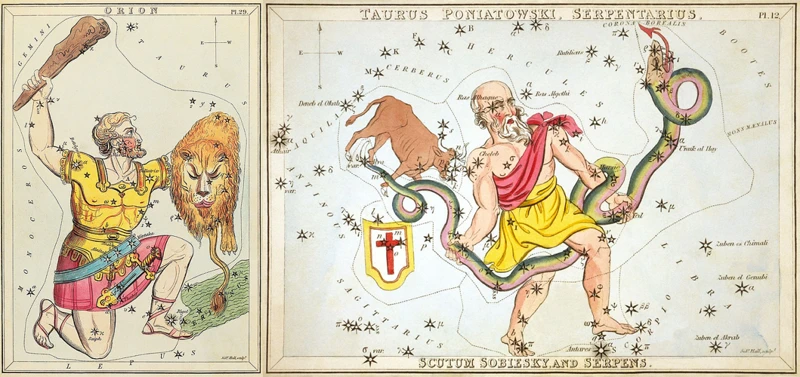
During the Renaissance, literature and philosophy flourished as never before. The invention of the printing press, attributed to Johannes Gutenberg, revolutionized the dissemination of knowledge and allowed for the widespread distribution of books. This led to a surge in literacy rates and a greater accessibility to literature. Writers like William Shakespeare and Dante Alighieri emerged as literary giants, producing enduring works such as “Romeo and Juliet” and the “Divine Comedy.” The Renaissance also witnessed a resurgence of interest in ancient philosophy, as scholars delved into the works of Plato, Aristotle, and other classical thinkers. The humanist movement, which emphasized the importance of human potential and achievement, greatly influenced philosophical thought. It was a time of intellectual exploration and the birth of new ideas, shaping the course of literature and philosophy for centuries to come.
5.1 The Birth of the Printing Press
The invention of the printing press in the 15th century was a pivotal moment in human history and a key development during the Renaissance. The printing press, invented by Johannes Gutenberg in the 1440s, revolutionized the way information was disseminated and had a profound impact on the spread of knowledge throughout Europe. Before the printing press, books were painstakingly copied by hand, making them expensive and scarce. With the advent of the printing press, books could be mass-produced quickly and at a much lower cost. This made books more accessible to a larger audience, including scholars, students, and the general public. The printing press played a crucial role in the dissemination of Renaissance ideas and knowledge, fueling intellectual curiosity and fostering the exchange of ideas across regions and generations. It allowed for the rapid circulation of influential works such as philosophical treatises, scientific discoveries, and literary masterpieces, which would have otherwise been limited in distribution. The printing press also facilitated the standardization of languages, as texts could now be printed in vernacular languages rather than exclusively in Latin. This democratization of knowledge and the increased availability of books contributed to the intellectual expansion of the Renaissance and laid the foundation for the future of literature, education, and the spread of ideas.
5.2 Literary Giants: Shakespeare and Dante
Shakespeare and Dante are two literary giants who left an indelible mark on the Renaissance era with their extraordinary contributions to literature. William Shakespeare, widely regarded as the greatest playwright in the English language, produced numerous plays and sonnets that continue to captivate audiences worldwide. His works, such as “Romeo and Juliet,” “Macbeth,” and “Hamlet,” explored universal themes of love, power, and tragedy, showcasing his unparalleled mastery of language and storytelling. Shakespeare’s ability to delve into the depths of human emotion and create complex characters made him a beloved figure of the Renaissance and beyond.
Likewise, Dante Alighieri, an Italian poet, became renowned for his epic masterpiece, “The Divine Comedy.” This ambitious work, divided into three parts – Inferno, Purgatorio, and Paradiso, takes readers on a journey through the afterlife, exploring themes of morality, redemption, and the human condition. Dante’s use of vivid imagery, allegory, and symbolism in his writing has continued to influence countless writers and artists throughout the centuries.
Both Shakespeare and Dante showcased the power of imagination and language to express profound insights into the human experience. Their works expanded the boundaries of literature, pushing the limits of storytelling and exploring complex themes that resonated with audiences of their time and continue to resonate today. Their contributions during the Renaissance period have solidified their place in literary history, and their influence can be seen in the works of countless authors who followed in their footsteps.
Through their writings, Shakespeare and Dante provided a window into the diverse aspects of human nature, allowing readers to contemplate the complexities of love, ambition, morality, and the human condition. Their enduring legacies have shaped the literary world and continue to inspire and captivate readers, transporting them to worlds both familiar and fantastical. The Renaissance period provided the perfect backdrop for these literary giants to flourish, as it was a time of intellectual curiosity and artistic exploration that celebrated the power of expression and creativity.
6. Legacy and Influence of the Renaissance
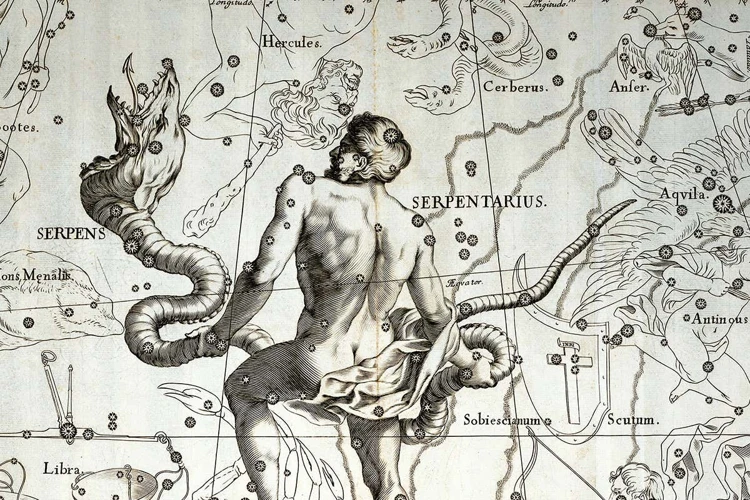
The legacy and influence of the Renaissance can be seen in a multitude of areas, both in the arts and in society as a whole. One of its most profound impacts was on future artistic movements. The Renaissance masters, such as Leonardo da Vinci, Michelangelo, and Raphael, revolutionized the art world with their innovative techniques and focus on realism. Their works continue to inspire and captivate audiences to this day. In architecture, the Renaissance style, characterized by harmony, proportion, and classical elements, left a lasting mark on cities like Florence and Rome, with iconic structures such as the Florence Cathedral and St. Peter’s Basilica. Additionally, the Renaissance sparked a thirst for knowledge and a scientific revolution. Pioneers like Copernicus and Galileo challenged existing beliefs about the universe, paving the way for new scientific discoveries. The Renaissance also saw the birth of the printing press, a revolutionary invention that transformed the accessibility and dissemination of knowledge. The Renaissance’s emphasis on humanism, individualism, and secularism played a crucial role in shaping modern society, laying the groundwork for advancements in education, politics, and the arts. The Renaissance truly represents a pivotal moment in history, where the creativity and intellectual curiosity of individuals laid the foundation for progress and paved the way for future innovations and achievements.
6.1 Impact on Future Artistic Movements
The Renaissance had a profound and lasting impact on future artistic movements, shaping the course of art for centuries to come. During this period, artists broke away from the traditional styles and techniques of the past, embracing new forms of expression and exploration. The Renaissance emphasis on humanism and individualism led to a shift in artistic subject matter, with a focus on the human form, emotions, and the natural world. Artists such as Leonardo da Vinci, Michelangelo, and Raphael created groundbreaking works that showcased their technical mastery and deep understanding of anatomy and perspective. These artists also pioneered new techniques, such as sfumato and chiaroscuro, that added depth and dimension to their paintings. The Renaissance inspired artists of future generations to push the boundaries of creativity, resulting in movements such as Mannerism, Baroque, and ultimately leading to the birth of modern art. The influence of the Renaissance can still be seen in art today, as artists continue to draw inspiration from the innovative ideas and techniques that emerged during this extraordinary period of artistic revolution.
6.2 Shaping Modern Society
The Renaissance played a pivotal role in shaping modern society in various ways. One of the significant impacts of this cultural and intellectual revolution was the rise of the middle class. As trade and commerce flourished during the Renaissance, it created opportunities for individuals to accumulate wealth through entrepreneurial endeavors. This shift in economic power led to the emergence of a new social class that challenged the traditional feudal system. The rise of the middle class brought about changes in society’s structure, with an emphasis on individualism, meritocracy, and upward mobility. This shift not only impacted the social dynamics of the time but also paved the way for the development of capitalism and the modern economic systems we see today. Alongside the rise of the middle class, the Renaissance also fostered a greater appreciation for education and learning. The emphasis on humanism and the pursuit of knowledge helped to redefine the purpose and value of education. Education was no longer reserved solely for the elite; rather, it became seen as a means for personal growth and social progress. This emphasis on education has had a lasting impact on modern society, with education being considered a fundamental right and a key driver of social mobility. Additionally, the Renaissance challenged the established authority of the Church and paved the way for the Reformation. The exploration of new scientific ideas and the questioning of traditional beliefs led to a shift in religious thinking and practices. This, in turn, led to the fragmentation of Christianity and the rise of new religious movements. The Reformation not only reshaped the religious landscape but also had profound political and social ramifications. It gave rise to new forms of governance and fueled debates over religious freedom and individual rights. The impact of the Renaissance on modern society extends beyond these specific aspects. It laid the foundation for advancements in various fields, such as art, science, and literature, that continue to shape and inspire us today. The Renaissance’s legacy serves as a reminder of the power of human creativity, intellectual curiosity, and the pursuit of knowledge, all of which are integral to the progress and development of modern society.
Conclusion
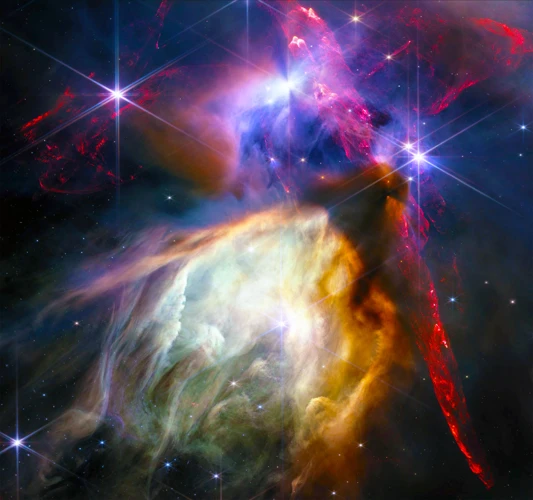
The Renaissance was a period of immense cultural, intellectual, and artistic growth that had a profound and lasting impact on society. Its influence can still be felt today in various aspects of our modern world. The Renaissance not only reshaped the artistic and cultural landscape of Europe, but it also brought about significant advancements in science, literature, philosophy, and architecture. This era laid the foundation for future artistic movements and propelled society towards a more humanistic, individualistic, and secular worldview. The birth of the printing press during this period also revolutionized the spread of knowledge and played a crucial role in the dissemination of ideas. Moreover, literary giants such as Shakespeare and Dante emerged during the Renaissance, leaving behind a rich literary legacy that continues to captivate audiences to this day. The Renaissance also had a profound impact on future scientific discoveries and exploration, with figures like Copernicus and Galileo laying the groundwork for our modern understanding of the universe. Overall, the Renaissance encapsulated a time of remarkable transformation and progress, shaping the course of art, culture, and society for centuries to come. The legacy of this cultural and intellectual revolution continues to inspire and influence us, just as the Renaissance itself was influenced by the ancient world and the achievements of previous civilizations. The Renaissance serves as a reminder of the potential for human creativity, innovation, and expression, and its enduring legacy continues to be felt in the world we live in today.
Frequently Asked Questions
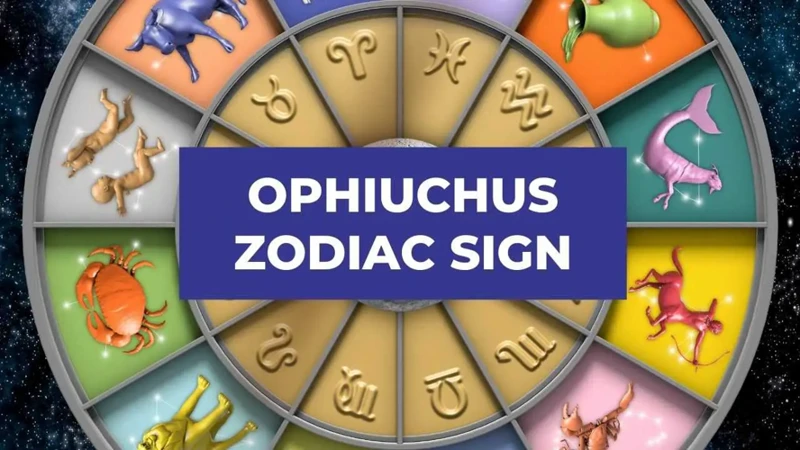
1. What does the term “Renaissance” mean?
The term “Renaissance” derives from the French word meaning “rebirth.” It refers to the renewed interest in arts, sciences, and learning that emerged during the 14th to 17th centuries.
2. Why is the Renaissance often considered a cultural and intellectual revolution?
The Renaissance is considered a revolution because it marked a significant departure from the traditions and beliefs of the Medieval Period. It brought about new ways of thinking, artistic expressions, and a focus on humanism and individualism.
3. Who were the major contributors to the Renaissance art movement?
Leonardo da Vinci, Michelangelo, and Raphael are considered the “Masters” of the Renaissance art movement. Their works showcased the ideals of humanism, anatomical precision, and emotional depth.
4. How did the Renaissance impact architecture?
The Renaissance brought about a shift in architectural styles, with a focus on symmetry, proportion, and harmony. Influential architects like Filippo Brunelleschi revolutionized building techniques, resulting in magnificent structures such as the dome of Florence’s Santa Maria del Fiore.
5. What were the key advancements in science during the Renaissance?
The Renaissance witnessed significant advancements in scientific knowledge. Nicolaus Copernicus challenged the geocentric model of the universe, while Galileo Galilei made groundbreaking observations with his improved telescope.
6. How did the invention of the printing press impact the Renaissance?
The invention of the printing press by Johannes Gutenberg revolutionized the dissemination of knowledge. It made books more accessible, accelerated the spread of ideas, and contributed to the literacy boom during the Renaissance.
7. Who were the literary giants of the Renaissance?
William Shakespeare and Dante Alighieri are considered literary giants of the Renaissance period. Shakespeare’s plays showcased the complexities of human nature, while Dante’s “Divine Comedy” is an epic poem exploring the realms of the afterlife.
8. What was the lasting legacy of the Renaissance?
The Renaissance left a lasting impact on various aspects of society. Its emphasis on humanism, individualism, and the pursuit of knowledge shaped future artistic movements, scientific discoveries, and societal structures.
9. How did the Renaissance influence modern society?
The Renaissance’s influence can be seen in how society values education, the arts, and critical thinking. It laid the foundation for the modern world’s emphasis on the importance of intellectual pursuits, innovation, and the celebration of human potential.
10. What is the significance of the Renaissance period today?
The Renaissance remains significant today as a testament to the power of ideas, imagination, and the human spirit. It serves as a reminder that cultural and intellectual revolutions have the potential to shape and transform societies, encouraging us to embrace creativity and intellectual exploration.
References
Frequently Asked Questions

1. What was the Renaissance period?
The Renaissance period was a cultural and intellectual revolution that took place in Europe between the 14th and 17th centuries. It was characterized by a renewed interest in art, literature, science, and philosophy.
2. How did the Renaissance originate?
The Renaissance originated as a response to the stagnant intellectual and cultural climate of the medieval period. The rediscovery of ancient Greek and Roman texts, along with advancements in trade and wealth, fueled a desire for knowledge and creativity.
3. What were the key characteristics of the Renaissance?
The key characteristics of the Renaissance were humanism, which emphasized the importance of human potential and achievement; individualism, which celebrated the uniqueness of each individual; and secularism, which focused on worldly matters rather than solely on religious ones.
4. Who were the masters of art in the Renaissance period?
Leonardo da Vinci, Michelangelo, and Raphael were considered the masters of art during the Renaissance period. Their works, such as “Mona Lisa” and “The Last Supper,” exemplify the artistic achievements of the era.
5. How did Renaissance architecture develop?
Renaissance architecture developed in two main centers: Florence and Rome. Florence was known for its influential architects, such as Filippo Brunelleschi, who designed the famous dome of the Florence Cathedral. Rome, on the other hand, showcased grandiose structures like St. Peter’s Basilica.
6. What scientific advancements occurred during the Renaissance?
The Renaissance witnessed significant scientific advancements. Nicolaus Copernicus proposed the heliocentric theory, challenging the geocentric view of the universe. Galileo Galilei improved the telescope, enabling groundbreaking astronomical observations.
7. What explorations and discoveries took place during the Renaissance?
The Renaissance was a period of great exploration and discovery. Explorers like Christopher Columbus, Vasco da Gama, and Ferdinand Magellan embarked on voyages that expanded the known world and paved the way for global trade.
8. How did the invention of the printing press impact the Renaissance?
The invention of the printing press by Johannes Gutenberg revolutionized the spread of knowledge during the Renaissance. It made books more accessible, leading to increased literacy rates and the dissemination of ideas across Europe.
9. Who were some influential literary figures during the Renaissance?
William Shakespeare, known for his plays like “Romeo and Juliet” and “Hamlet,” and Dante Alighieri, who wrote the epic poem “Divine Comedy,” were two prominent literary figures of the Renaissance.
10. How did the Renaissance shape modern society?
The Renaissance had a lasting impact on modern society. It encouraged a human-centered view of the world, laid the foundations for modern science, and inspired artistic movements such as the Baroque and Neoclassical periods.
References
- Renaissance – Wikipedia
- Title: “The Renaissance: A Cultural and Intellectual Revolution”
- Renaissance | Definition, Meaning, History, Artists, Art, & Facts






